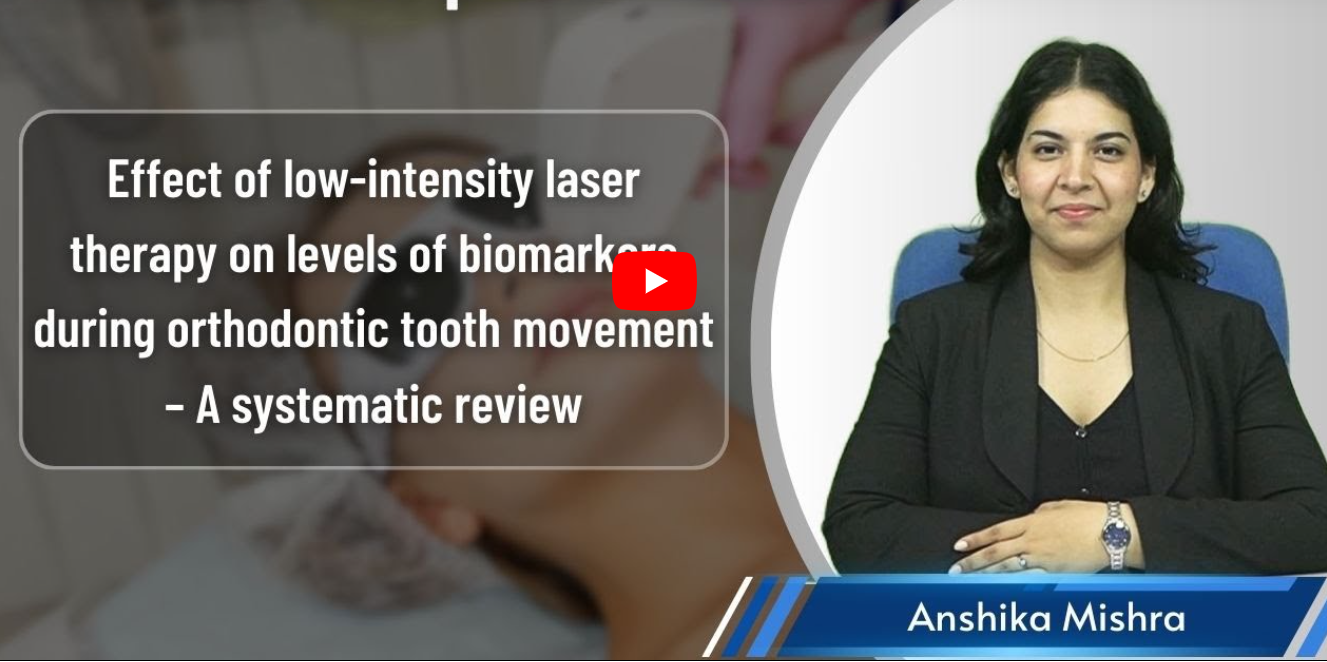
Low-intensity laser therapy emerges as a promising technique for enhancing orthodontic tooth movement, influencing key biomarkers linked to osteoclastic activity and collagen synthesis, reveals a recent systematic review that aimed at exploring the association between low-intensity laser therapy and various biomarkers, elucidating the potential of this therapeutic modality to expedite orthodontic tooth movement.
This review has been published in the APOS Trends in Orthodontics, owned by the Asian Pacific Orthodontic Society, Singapore and published by the Scientific Scholar. A systematic literature search was conducted using electronic databases. Randomized controlled trials and non-randomized controlled clinical trials using low-intensity laser therapy as an adjunct to the standard orthodontic procedures in human and animal subjects as participants were included in the study.
The quality of the human and animal studies was assessed using the Revised Cochrane risk of bias tool and Systematic Review Centre for Laboratory Animal Experimentation’s risk of bias tool respectively. Animal studies revealed increased receptor activator of nuclear factor-kappa B /RANK ligand, matrix metalloproteinase-9, and collagen type I expression. Human studies showed elevated interleukin-1-beta, interleukin-16 and RANKL levels, suggesting that low-intensity laser therapy influences biomarkers associated with bone resorption and connective tissue rearrangement.
A high risk of bias was observed in all animal studies and 5 out of 6 human studies. Hence this systematic review concluded that low-intensity laser therapy emerges as a promising technique for enhancing orthodontic tooth movement. However, the high risk of bias in animal and human studies emphasizes the need for further research to validate findings and optimize laser parameters for clinical benefits.
Suggested read for related articles:
- Effect of low-intensity laser therapy on levels of… May 13, 2024
- Cone-beam computed tomography assessment of bone… May 13, 2024
- Clinical effect of low-level laser therapy on pain… July 27, 2024





